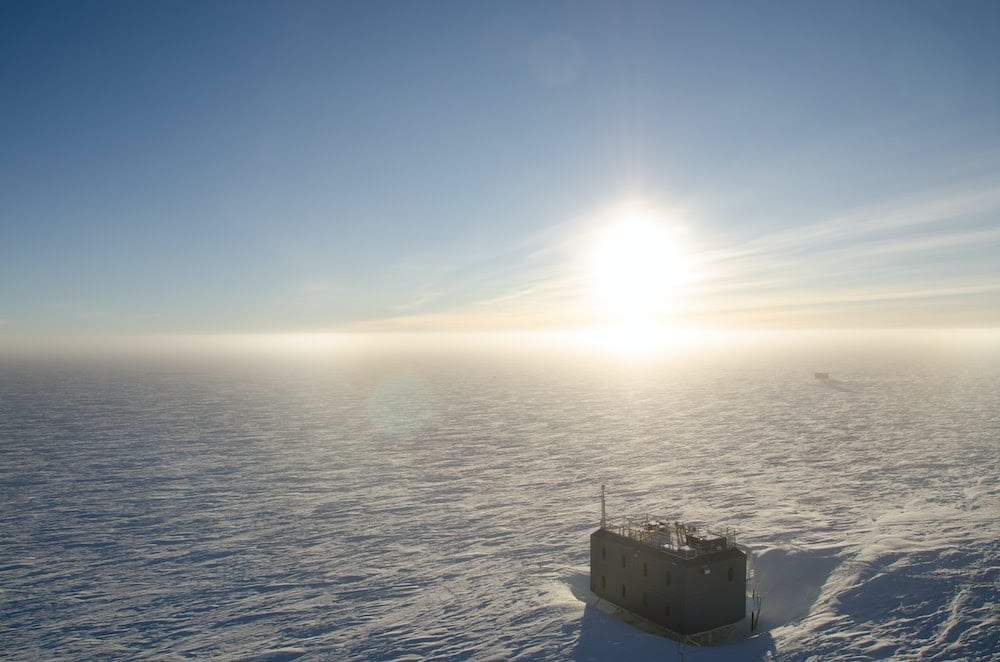
A desert is a region that receives less than twenty-five centimetres of precipitation per year. This makes Antarctica the world’s largest cold desert and the Sahara the largest hot desert. Antarctica measures 14.2 million square kilometers, and some regions, such as the McMurdo Dry Valleys, have reportedly received no precipitation for fourteen million years.
This area on the west coast of McMurdo Sound, south of the Pacific Ocean, is made up of permanently ice-covered lakes and ephemeral streams, the soil is subject to salt accumulation and the climate is characterized by low temperatures and low precipitation favored by the surrounding mountains, which block clouds and strong winds and suck moisture from the air. Life in these valleys is approaching its environmental limits, even if microbes, lichens and mosses manage to thrive and withstand these extreme climatic conditions.

The Sahara Desert covers 9.2 million square kilometers in ten countries, stretching from Africa’s Atlantic coast to the Red Sea. The aridity of this zone is due to the strength and permanence of high pressure, which prevents the overheated air from rising above the ground. Rainfall frequency is the lowest on the planet, with some areas in Upper Egypt, for example, receiving an average of just 0.5 millimetres of rain per year.
The Sahara is not only made up of sand dunes but also a relatively varied environment, with rocky terrain, salt flats, mountains and savannahs offering a few watering holes. Animal life is also present and is characterized by cold-blooded animals such as lizards whose body temperature adapts to the temperature of the environment as it changes from the scorching heat of the day to the cold of the night, or reptiles and amphibians that can hibernate during periods of drought. The Sahara is also home to species such as snakes, scorpions and ants, as well as mammals such as antelopes, camels, cheetahs, ostriches and foxes, and birds.




